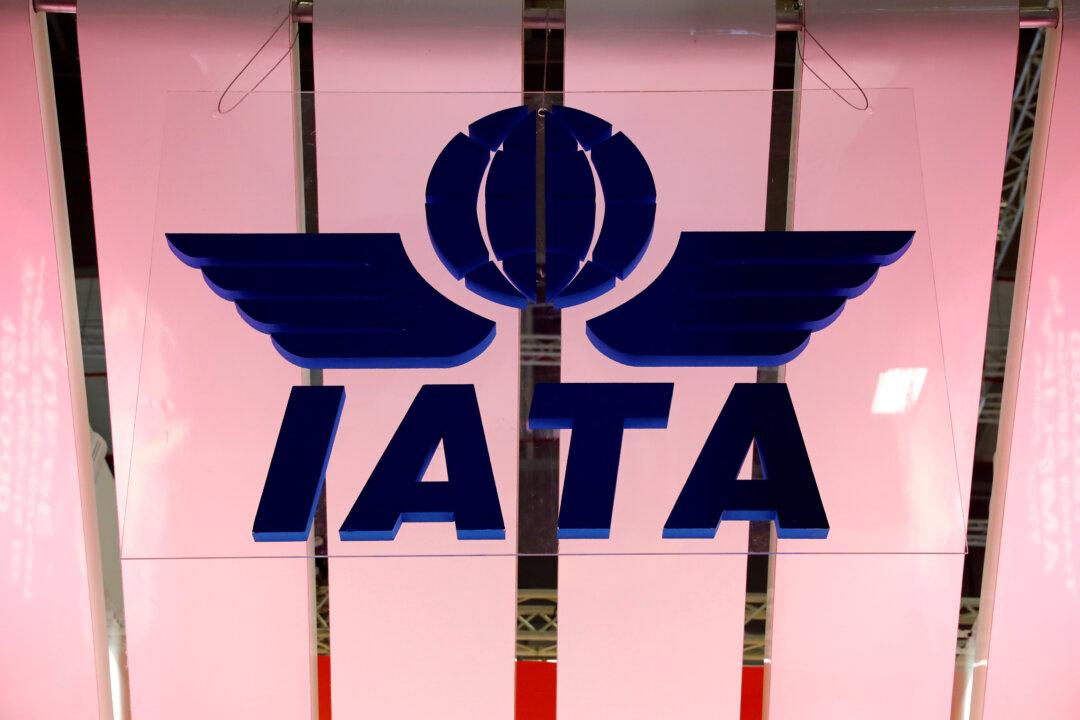PARIS—Global airlines cut their coronavirus recovery forecast on Tuesday, saying it would take until 2024—a year longer than previously expected—or passenger traffic to return to pre-crisis levels.
In an update on the pandemic’s crippling impact on air travel, the International Air Transport Association (IATA) cited slow virus containment in the United States and developing countries, and a weaker outlook for corporate travel.





